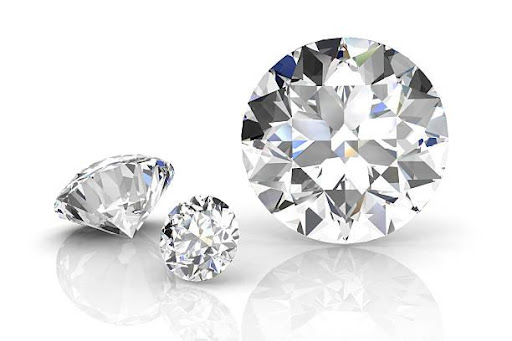
While it’s important to know the clarity of a diamond, it isn't always necessary to pay for the highest quality. There are many factors that affect the price of any item, so keep all of them in mind before making your final decision about which diamond is right for you.
If you have ever been to a jewelry store, then you have probably heard of the word "clarity." The clarity of a diamond refers to its purity and perfection. There is no standard for determining the clarity of a diamond, but all aspects of its appearance affect how it is classified. The more clear and flawless it appears, the more valuable it will be considered by both buyers and sellers alike. However, there are many factors that determine how much a diamond costs or what its value may be based on how clear it is—and not all diamonds need to be flawless in order for them to be beautiful or valuable!
The clarity of a diamond is affected by the number and type of inclusions it contains. Diamonds with fewer inclusions are more valuable, and vice versa.
Inclusions can be natural or manmade, but they’re still considered imperfections that can affect a diamond’s value. Natural inclusions are usually impurities from the earth, like minerals or metals inside the rock as it formed deep underground over millions of years. Manmade inclusions occur when humans cut away part of the rough diamond's surface to expose its heart—this results in tiny scratches around its perimeter called pavilions or girdles (depending on where you're looking at them). These scratches don't have any effect on how much light reflects off your gemstone—they just make it look less perfect and therefore less expensive than others with fewer scratches around their edges--but they do affect how much light gets into each facet during cutting, which affects how much sparkle you'll see when wearing your lovely piece!
The clarity of a diamond is an indicator of its quality. It's quite simple: the more flaws a diamond has, the cheaper it will be. This is because flaws such as fractures and cracks can affect how well light reflects off the stone, which affects how bright and sparkly it will appear to you as an observer.
In general, you should expect to pay more for higher clarity diamonds since they reflect more light back out into your eyes than lower clarity diamonds do (and people like shiny things).
The clarity of a diamond is the state of its internal and external features. The features of a diamond that affect its clarity include inclusions, blemishes, cloudy or milky areas, fractures and more. Diamonds with little or no inclusions are considered to be the most desirable for clarity. However, there are still many other factors that affect the price of diamonds including cut, color and carat weight.
Diamonds with cloudiness or milky areas should be avoided as they can hinder light reflection and refraction causing them to appear duller than their counterparts without these defects. In addition to their dull appearance these types of diamonds may also show signs of wear over time due to repeated polishing which will decrease their value even further if they are not replaced by newer versions with fewer defects during that process!
The amount of clarity in a diamond is defined by the absence of blemishes, inclusions and other defects. The GIA (Gemological Institute of America) uses a grading system for diamonds that is based on their clarity level. This system ranks the various types of imperfections found in diamonds from least to most visible: Flawless, Internally Flawless, Very Slightly Included (VS1), Very Slightly Included (VVS1), Very Slightly Included (VVS2), Very Slightly Included (VVS3).
In addition to these grades, there are also some diamonds that are graded as flawless. These are considered to be so perfect that they do not contain any noticeable imperfections at all.
Sell your diamonds with ease with Diamond Registry’s comprehensive approach and vast global industry connections to help you find the best buyer for your diamond fast. Visit www.diamondregistry.com/sell-your-ring to take your first step to fast, easy and reliable way of selling your diamond.
Want to check and calculate diamond per carat instantly? Go to DR’s diamond price calculator to know how. Reliable and trusted carat calculator in the diamond industry since!

